Labubus don't “make people feel happy”. So why are they so popular?
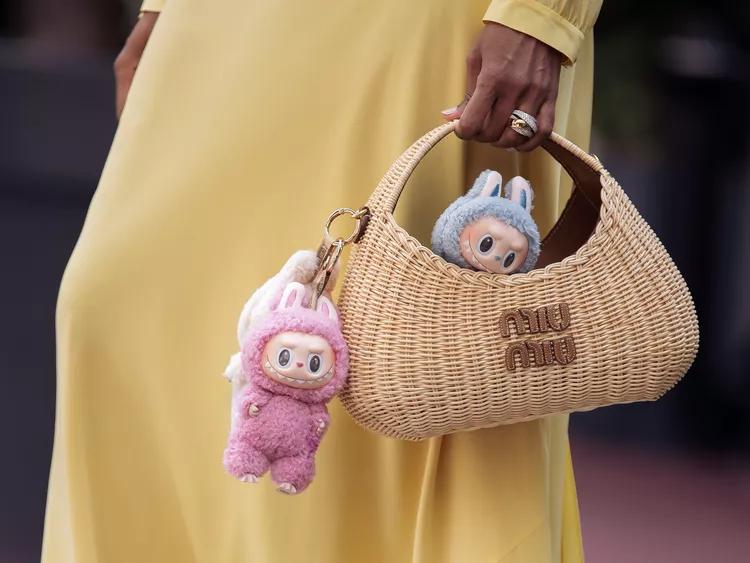
1. You don’t need to be universally loved to be successful.
Find your audience and niche like Labubu did, and it doesn’t really matter whether Dave from Finance thinks your keychain is “a waste of money” or “creepy” (real responses from Tracksuit data). Taking a creative risk or leaning fully into the weird could resonate strongly with a particular group, and, most importantly, deliver the cultural relevance that brands are so desperately seeking right now.
2. Awareness can be accelerated by celebrity, but you need community to survive.
Lisa from Blackpink put Labubus on the map, but the Labubu popularity was supercharged by the subcultures that latched onto it – from “little treat” culture, to “IRL brain rot”, to the fashion girlies, Labubu demand is driven by scarcity and the need to participate. You need to keep interest alive after the initial spike, so identifying fandoms and continuing to talk to them is crucial.
3. However with such bad brand sentiment, it seems unlikely the Labubu trend will have longevity.
Athough Labubus have high awareness, ranking last amongst competitors for association with the statement “Is a brand I trust” and second-last for “Is for people like me” is a bad indicator for the long-term success of this brand. Having access to both quantitative and qualitative measures mean you can holistically understand your brand's place in the market.
Respondents to Tracksuit’s survey described Labubus as “creepy”, “ugly” and “unsettling” with "scary teeth", but people still swing them from Miu Miu shoulder bags – and, in one particularly inspired move, display them on phone screens clipped to their belt, opens in new tab.

A selected raw response to the Tracksuit survey, from a male aged 18-24.
The fuzzy gremlin dolls are no doubt having their time in the Trend Sun, and their popularity follows the footsteps of other similar crazes (remember Furbys?), and, like those crazes of figurine past, they are a reflection of where we’re at, culturally speaking. Plus, there is serious money involved. Labubus have brought in over $400 million in revenue, and it’s made Pop Mart founder Wang Ning the 10th richest billionaire in China. And there are a lot of rich billionaires in China.
For those that aren’t part of the 30% aware of Labubus (according to Tracksuit data), here’s a quick rundown: Labubus are a blind-box collectible item – meaning you don’t know which variety you’ve got until you open them. To look at, they’re somewhere between a Monchhichi and Chucky, the serial killer doll from the horror film Chucky, and have spawned like rabbits, with limited-edition varieties galore. They’re extremely hard to get your hands on – scarcity marketing at its finest.
Labubu’s explosion can be traced back to Blackpink k-pop star Lisa, a self-proclaimed fan and possible originator of its huge success. Apart from that, there’s not a whole lot of brand lore, or backstory behind these ugly-cute monstrous dolls.
Labubus popularity proves you don’t always need coherent, narrative brand storytelling to survive. A collectible item like this can thrive on aligning with cultural mood alone; a signifier, the objectification of "sometimes, it's just not that deep."
Like Eugene Healey, brand strategist and TrackClub ambassador says, in our fragmented media landscape, sometimes a vibe is enough, opens in new tab. And Labubus? They’re a vibe.

People are Labubu haters.
At Tracksuit, we ask whether or not people associate a brand with a certain statement, to get an understanding of how people are thinking and feeling about them.
In the US Collectible Figurines category (which also includes Sonny Angel, Funko Pop, Smiski, L.O.L Surprise and others), of the people aware of the brand, Labubu ranks in the bottom two for statements “Makes me feel happy when I see it”, “Is for people like me”, “Is a fun brand”, “Is a brand I trust”, “Is something fun to collect over time,” and even “Helps express what I’m into.”
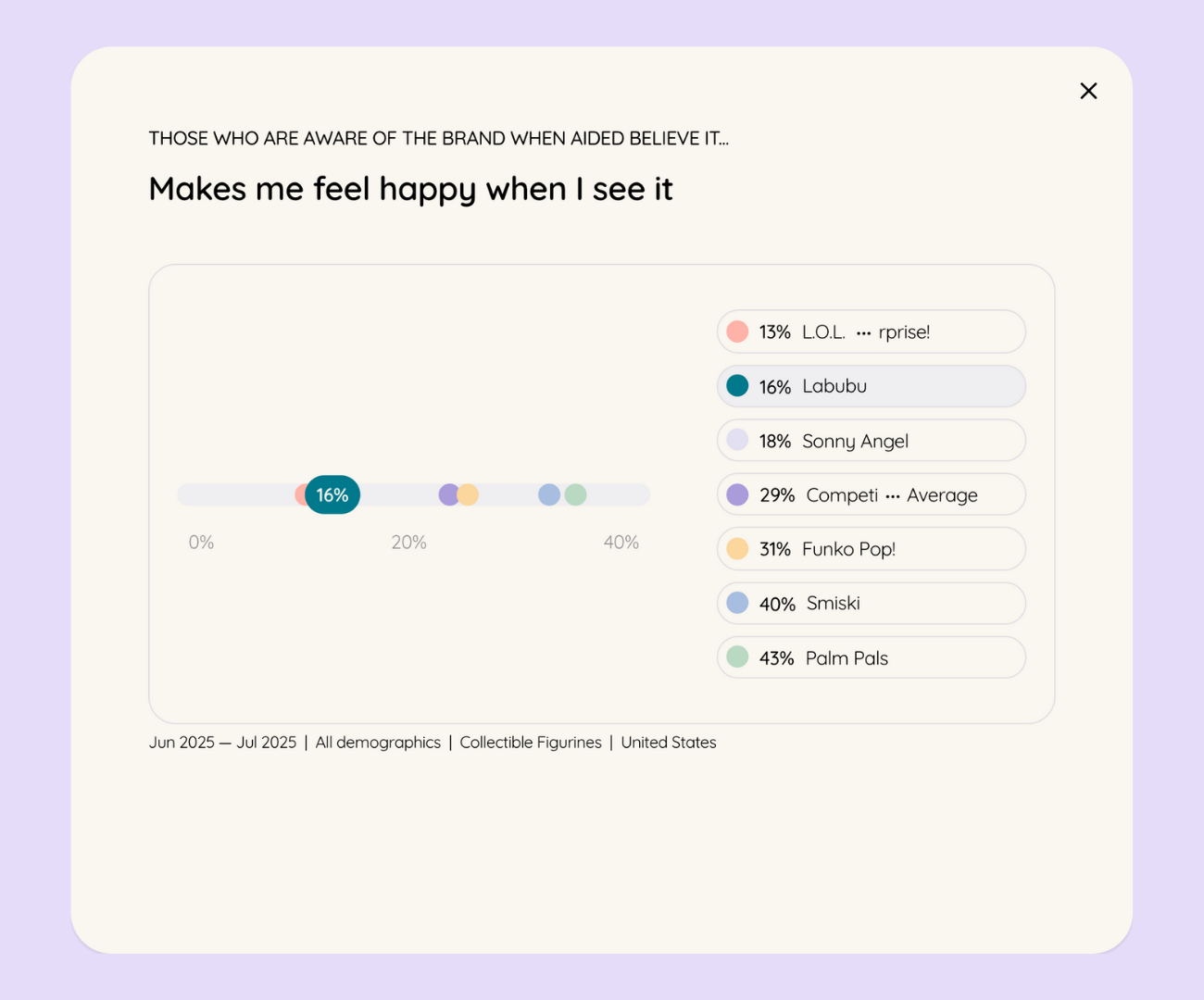
They even rate low on “Is an affordable way to treat myself”, even though many correlate the rise of Labubus with our shaky economic times. A “little treat” to get themselves through the day. More than half of young adults say they buy a little treat at least once a week, according to NYT, opens in new tab, with this turning into an “online community” of self-care.
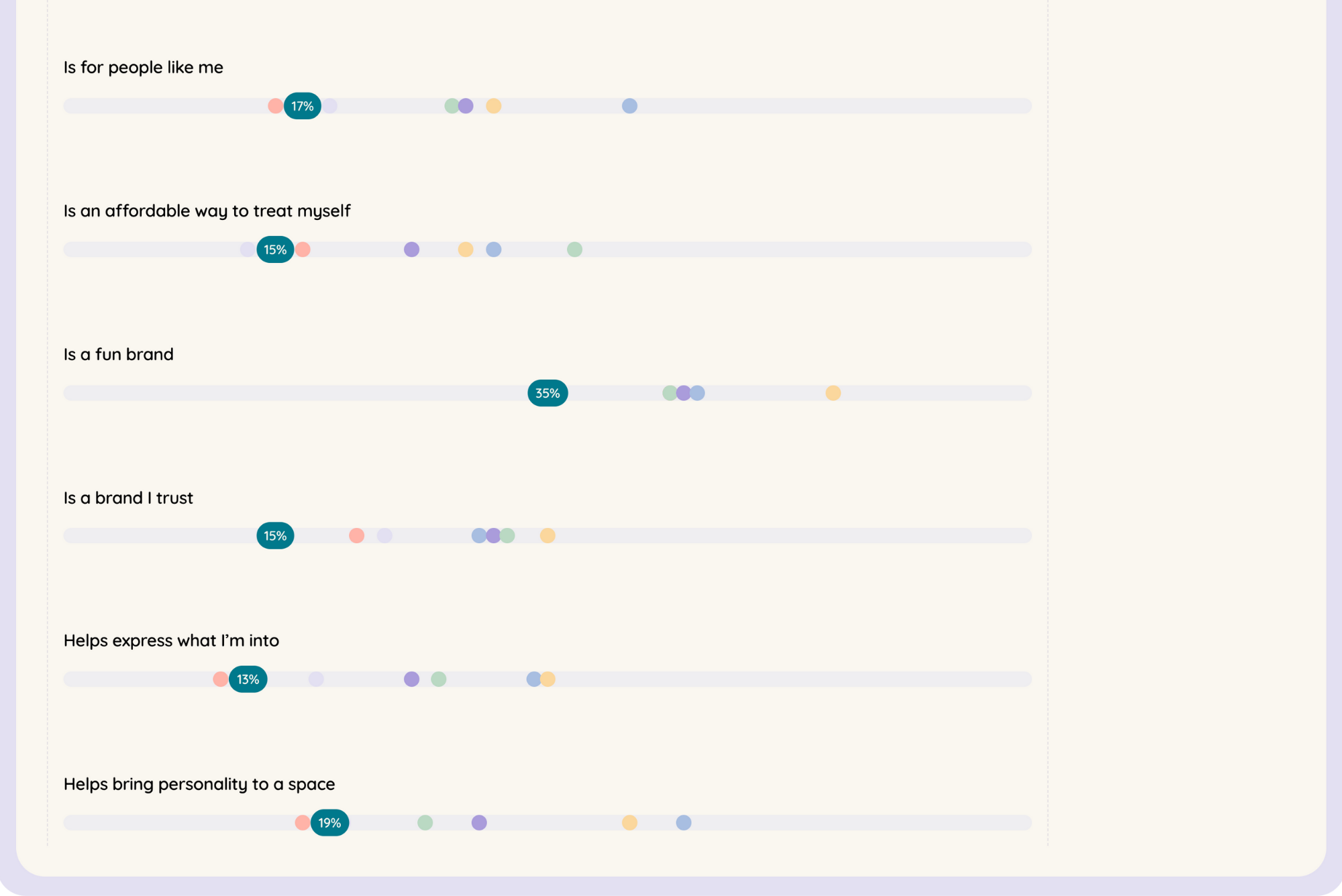
The only association Labubu wins with, taking first place by a landslide, is “Is trendy.” Which, objectively, no one can deny.
In comparison, people have much fonder feelings about a brand like Smiskis, the stone-faced glow-in-the-dark creatures that are made for judging you from your windowsill or desk. These rate highly for “Helps bring personality into a space”, and “Makes me feel happy when I see it.”
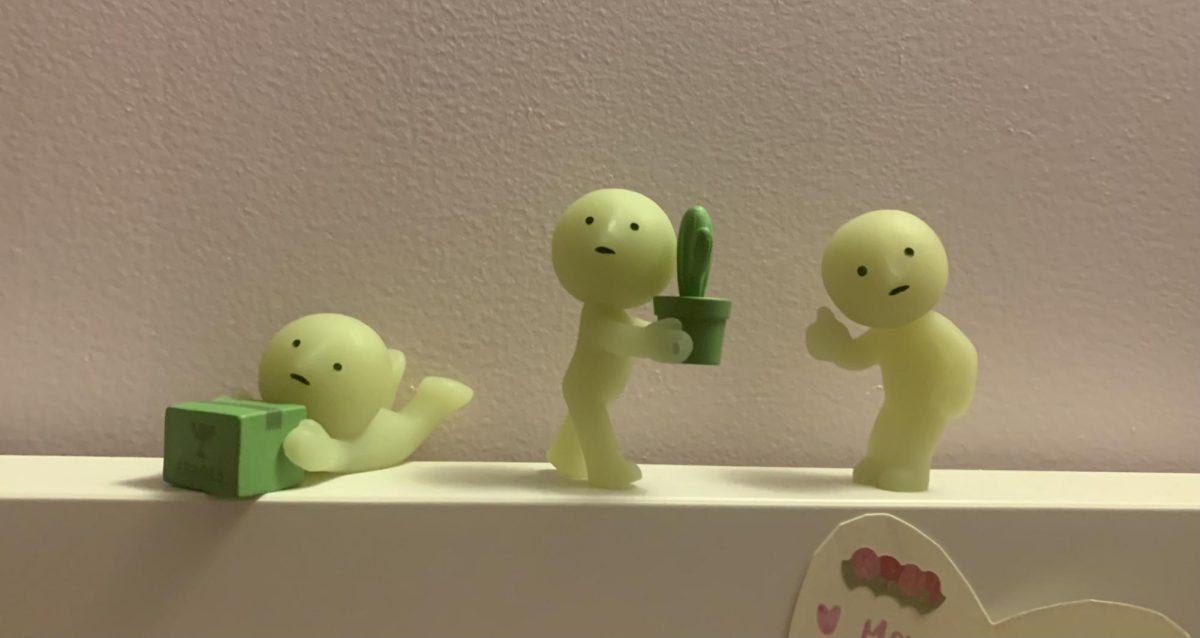
Makes you feel happy when you see them. Not like Labubus.
So Smiskis apparently bring people joy – Labubus much less so. However, Labubus loom much larger in the cultural consciousness.
But will a brand that people don’t trust, can't relate to, isn’t perceived as fun to collect over time and just, bottom line, doesn’t make people happy when they see it, really going to have a long life past an internet fad?
No. And Pop Mart will just spin up something else.
Labubus are well known.
Labubus Awareness in the US is 30% – that’s 27.4M people that know what Labubus are. They only trail behind Funko Pop!, the pop-culture bobblehead collectibles (56%), and L.O.L Surprise! (41%), the wide-eyed Bratz-like dolls that are aimed at a much younger audience.
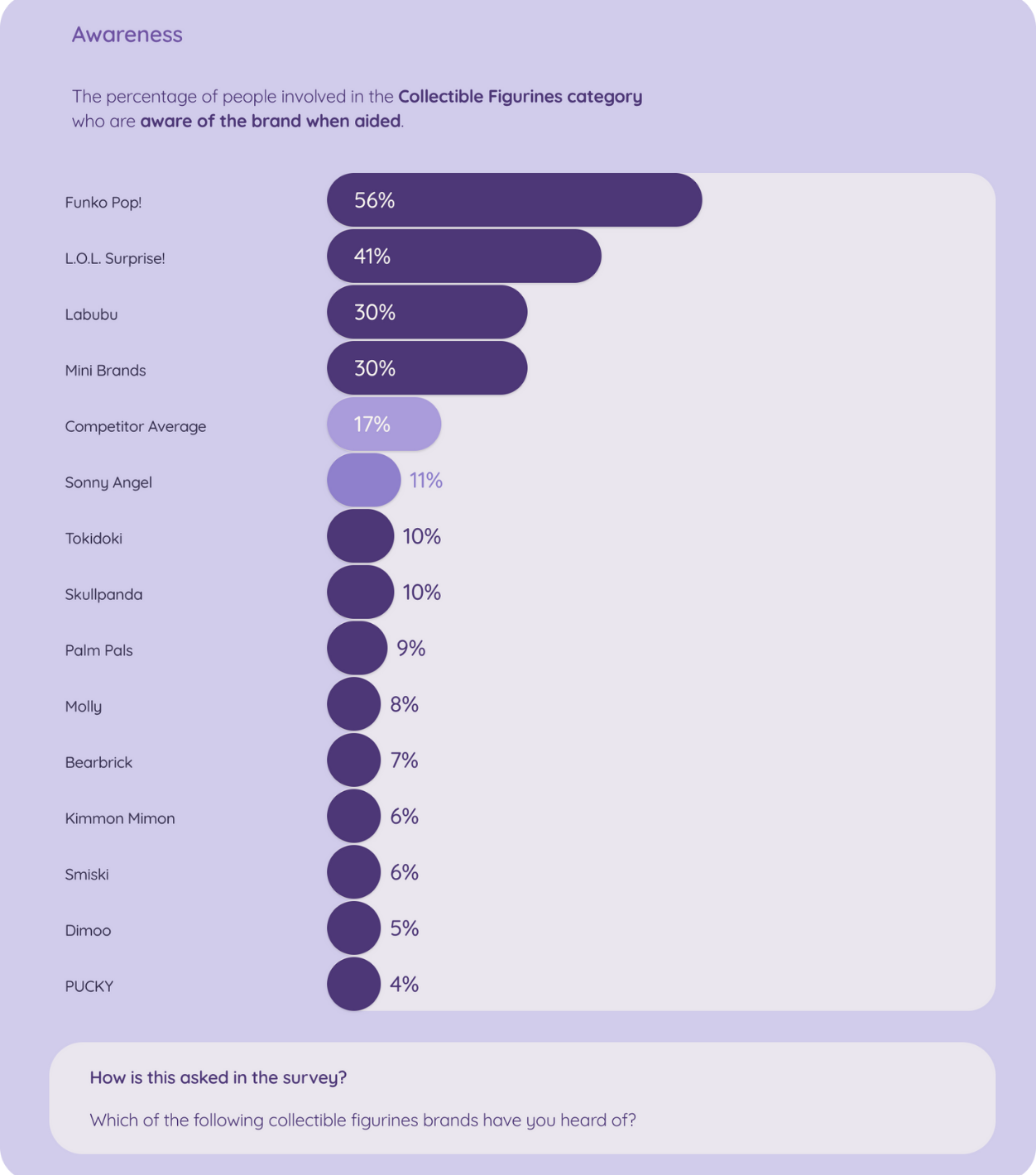
To put it into perspective, Funko Pops were officially released in 2010, L.O.L Surprise launched in 2016, and Labubus were first brought into Pop Mart in 2019.
Sonny Angels, a Labubu competitor that captured the hearts and minds of the same TikTok generation, only enjoys a 11% Awareness – it also has had a much longer time in the market, with the first blind box release in 2005.
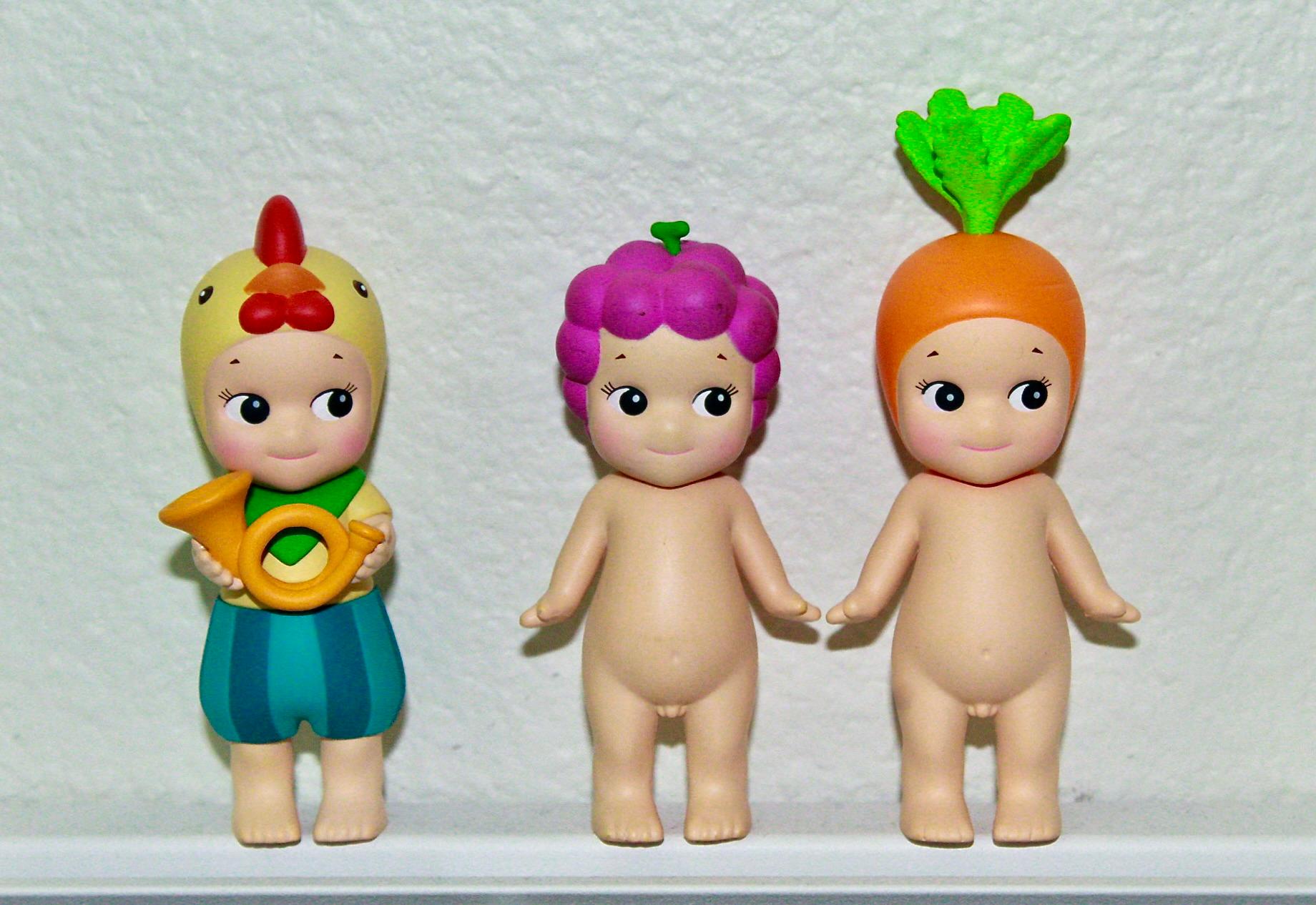
So if people generally think badly about Labubus, why are they so popular?
One important thing to note is that our qualitative statement data is taken from people who are aware of Labubus – so the general population, rather than people who actually buy Labubus.
And Labubus are divisive in the general population. This Vox article argues that hatred only fuels the Labubu love, opens in new tab, with the idea that something that evokes so much feeling (even if that feeling is hate) is something worth paying attention to. Instead of appealing to the general population, they’re promoting love with a targeted group.
The same article states that Labubus are most popular with adult women aged 18-30. Our data backs this up, with Labubus Awareness increasing to 37% from 30% when filtering by women, and 30% to 38% when filtering by 18-34-year-olds. This isn’t the first time society has turned up its nose at pop culture phenomena that inspire devotion amongst this demographic: just think One Direction or fairy smut.
Apart from all the obvious stuff that’s driving the popularity – scarcity driving demand, celebrity endorsements, TikTok fame – my favourite take on the Labubu noise is Kyle Chayka’s assertion that Labubus are “IRL brain rot, opens in new tab”, one of the manifestations in a Gen Z-driven aesthetic of being “in the know”, expressed by the “manic phrase” Labubumatchadubaichocolate.
Essentially what Chayka is saying is that Labubu’s ugly, manufactured artificiality is a product of the internet’s Frankenstein brain – the manufactured post-digital self. It’s a signifier of a certain corner of the internet, in the same way Dubai chocolate and matcha is. It’s also at opposite odds with the clean-girl, minimalist, latte-art aesthetic of the millennial past. It's a right place, right time kind of product: a freaky little accessory for freaky times.
But with brand perception in such a bad place, I predict this is not one for the history books. As Heidi Klum says on Project Runway, one day you're in, the next day you're out. And Labubus? Probably on the way out pretty soon. Auf wiedersehen.



